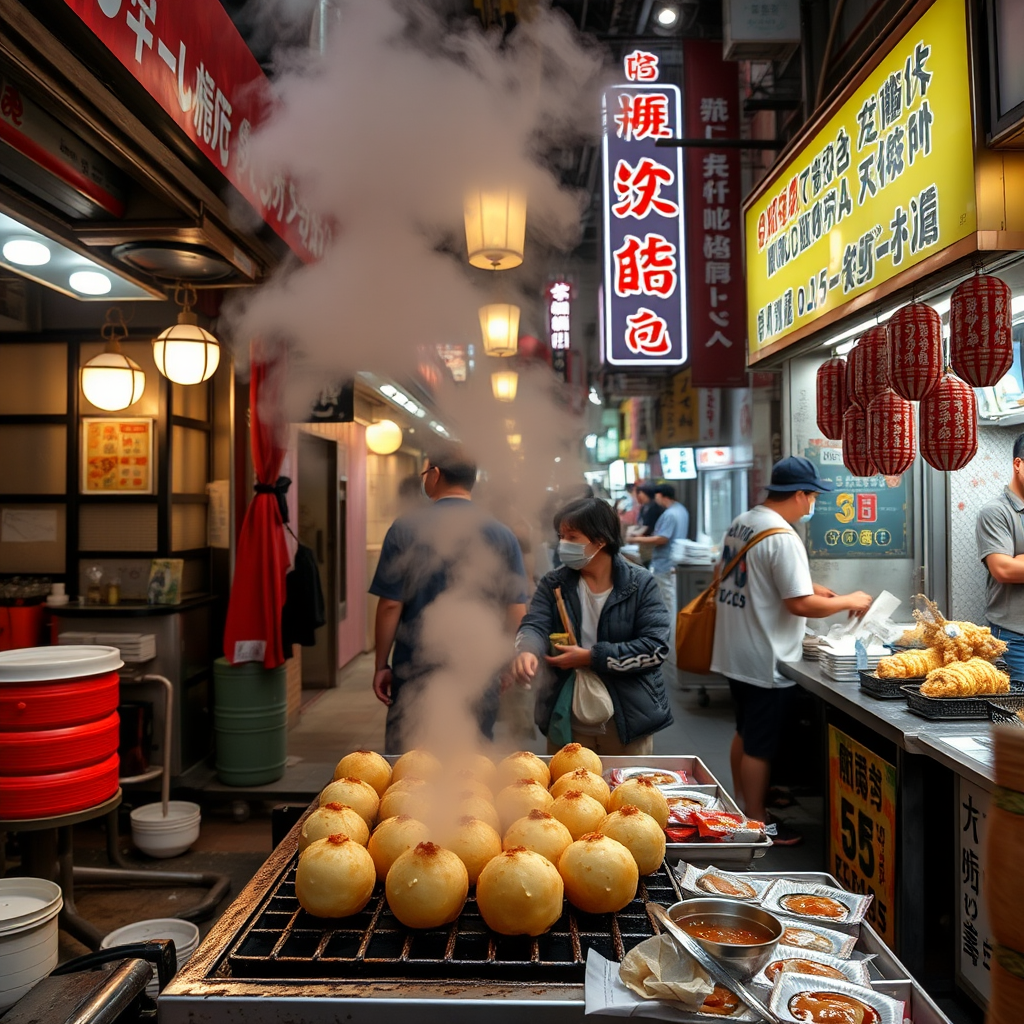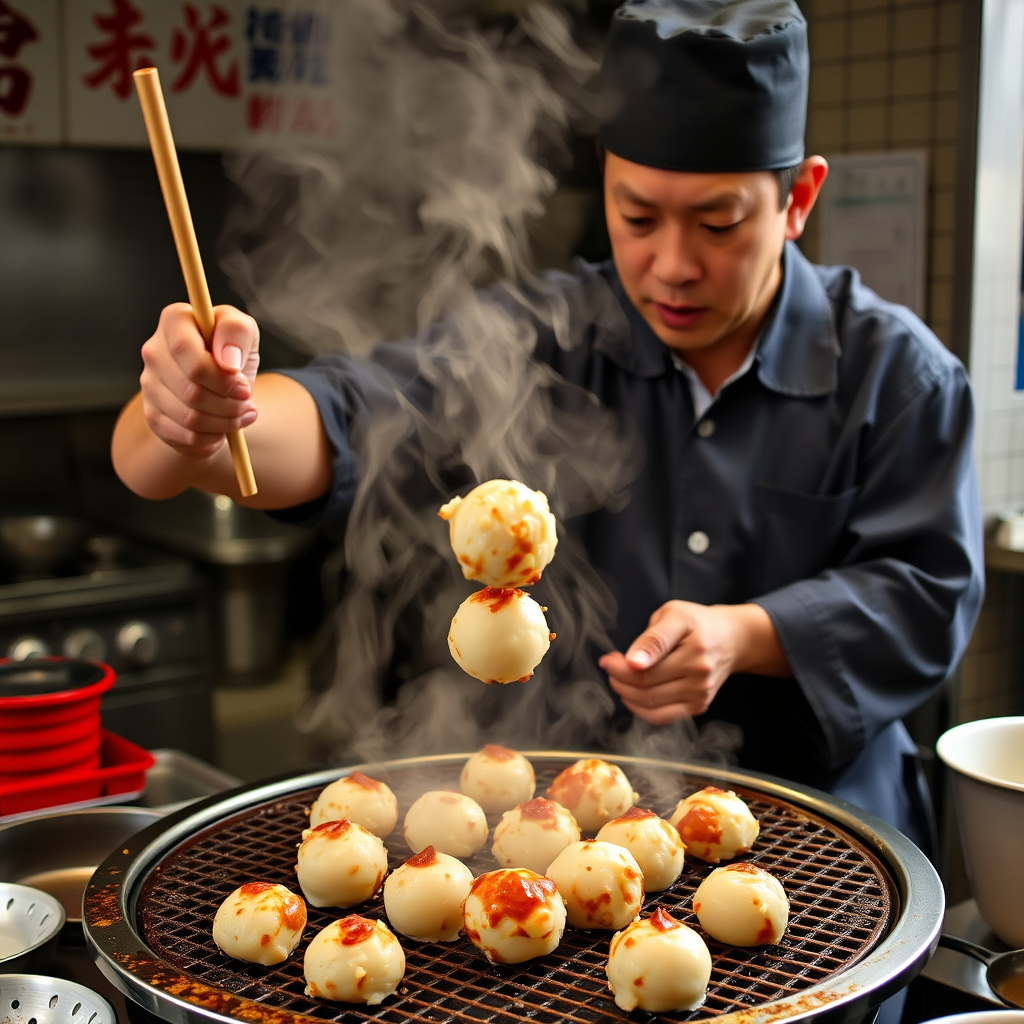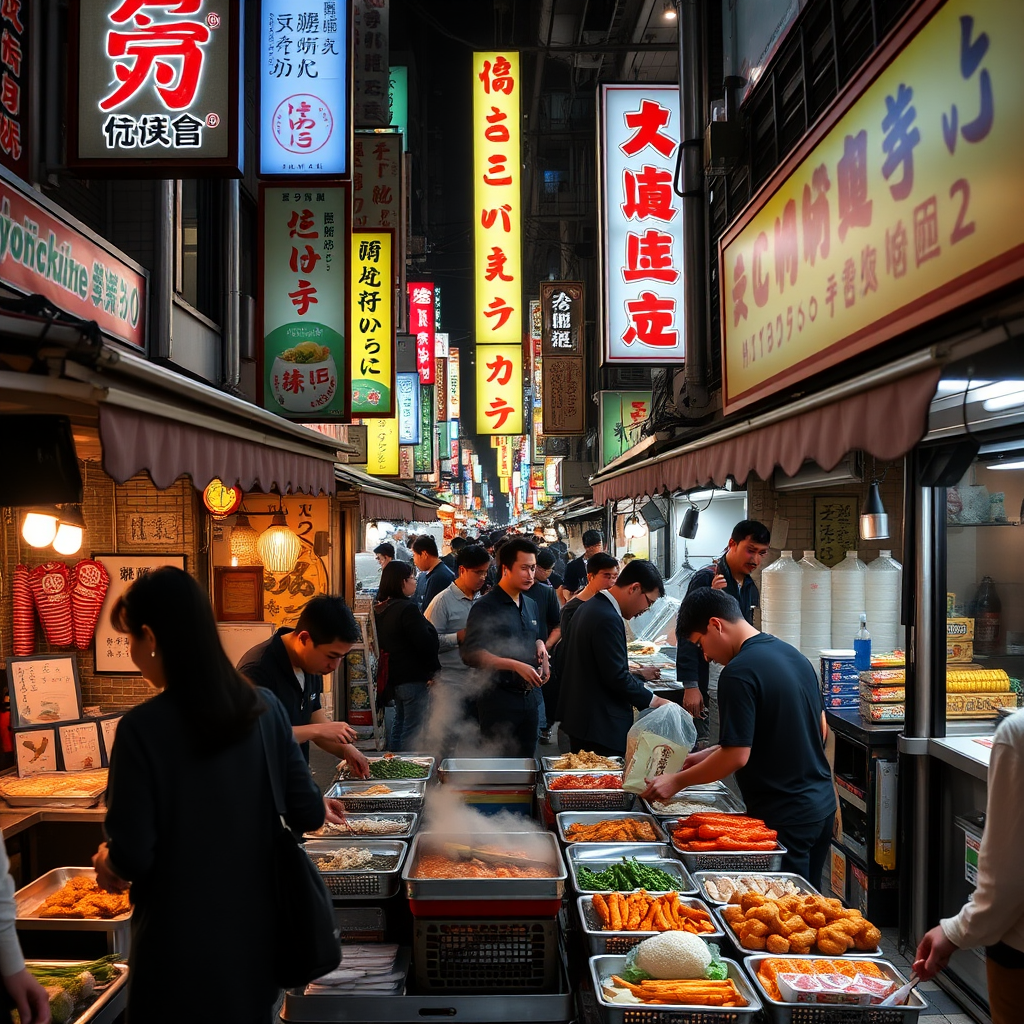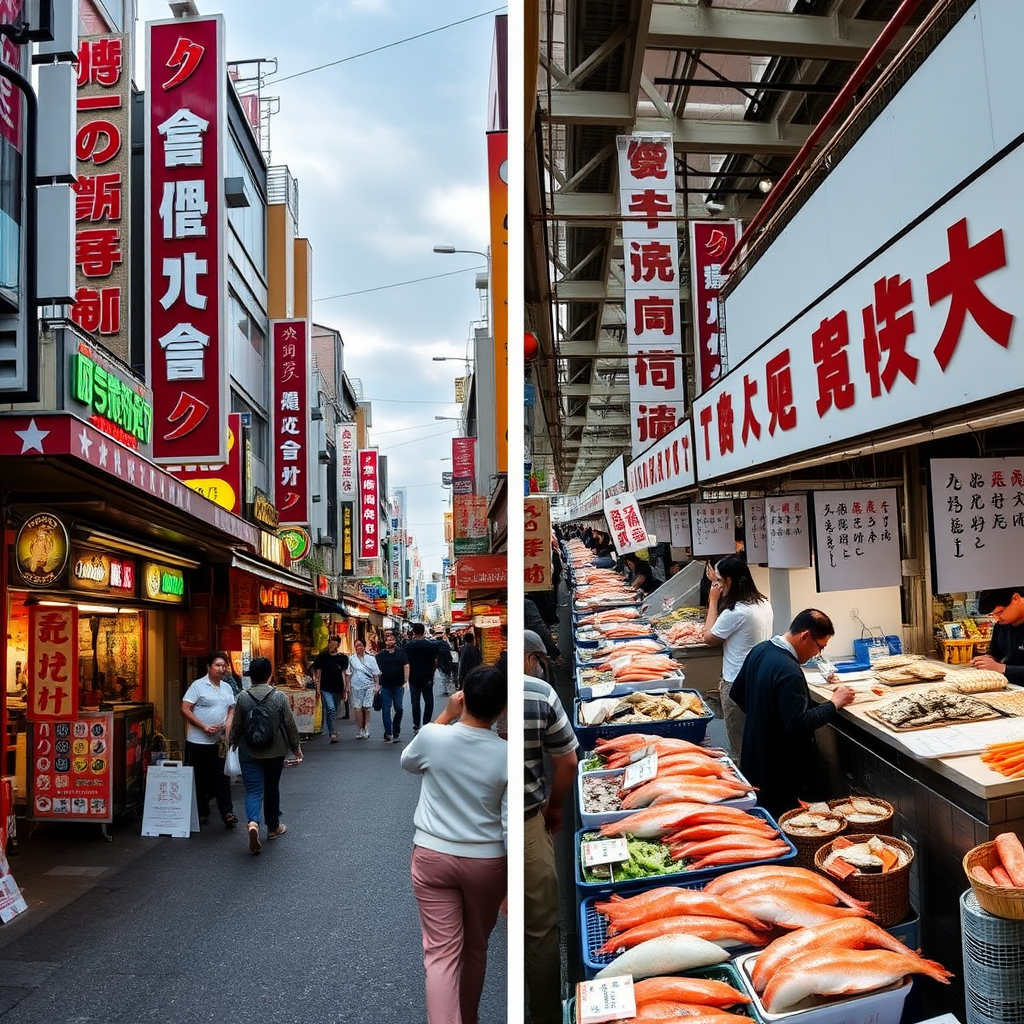Osaka vs Tokyo: Street Food Showdown - Which City Wins?

Japan's culinary landscape is defined by two powerhouse cities: Osaka and Tokyo. While both offer incredible street food experiences, each has developed its own distinct identity and specialties that reflect the local culture and taste preferences.
The Osaka Advantage: Kuidaore Culture
Osaka, known as "Japan's kitchen," has built its reputation on the philosophy of kuidaore - eating until you drop. This city's street food scene is deeply rooted in tradition and focuses on hearty, flavorful dishes that satisfy both the stomach and soul.

Takoyaki: The Crown Jewel
These perfectly spherical octopus balls represent everything Osaka stands for. Crispy on the outside, creamy on the inside, and topped with savory sauce, mayo, and dancing bonito flakes. A typical serving of 6-8 pieces costs around ¥500-700 ($3.50-5.00), making it an affordable luxury.
Okonomiyaki: The Soul Food
Often called "Japanese pizza," okonomiyaki in Osaka is a thick, hearty pancake loaded with cabbage, meat, and seafood. The Osaka-style version is mixed together before cooking, creating a uniform texture that's both satisfying and comforting. Prices range from ¥800-1,200 ($5.50-8.50).
Tokyo's Refined Street Scene
Tokyo's approach to street food reflects the city's sophisticated palate and international influence. While maintaining traditional elements, Tokyo street food often incorporates modern techniques and global flavors.

Yakitori: Perfection on a Stick
Tokyo's yakitori culture is unmatched, with specialized vendors focusing on specific cuts and preparation methods. From tender chicken thigh (momo) to crispy skin (kawa), each skewer is grilled to perfection. Expect to pay ¥150-300 ($1-2) per skewer at traditional stalls.
Taiyaki and Modern Innovations
While taiyaki (fish-shaped pastries filled with sweet red bean paste) originated elsewhere, Tokyo has elevated this treat with creative fillings like custard, chocolate, and seasonal flavors. Modern Tokyo street food also embraces fusion concepts, creating unique experiences you won't find elsewhere.
Taste Profile Comparison
Osaka Flavors
- Bold and savory
- Umami-rich sauces
- Comfort food focus
- Traditional preparation
Tokyo Flavors
- Refined and balanced
- Subtle seasonings
- Innovation-driven
- International influences
Where to Find Authentic Experiences
Osaka Hotspots
Dotonbori remains the epicenter of Osaka street food culture. The neon-lit district offers everything from famous takoyaki stands to hidden okonomiyaki joints. For a more local experience, explore the covered shopping streets (shotengai) in neighborhoods like Shinsekai and Sumiyoshi.
Tokyo Discoveries
Tsukiji Outer Market continues to be a street food paradise, especially for fresh seafood preparations. Shibuya and Harajuku offer modern interpretations, while traditional areas like Asakusa provide authentic experiences reminiscent of old Tokyo.

The Verdict: A Tale of Two Cities
Declaring a winner in this culinary showdown is nearly impossible - and perhaps that's the point. Osaka excels in creating soul-warming, traditional comfort foods that embody the city's warm, welcoming spirit. The flavors are bold, the portions generous, and the experience authentically Japanese.
Tokyo, on the other hand, offers sophistication and innovation while respecting tradition. The street food scene here reflects the city's cosmopolitan nature, providing both time-honored classics and exciting new interpretations.
Pro Tip: Don't choose sides - experience both! Each city offers unique flavors and experiences that complement rather than compete with each other. Your taste buds will thank you for the journey through both of Japan's incredible food capitals.
Planning Your Street Food Adventure
Whether you're drawn to Osaka's hearty comfort foods or Tokyo's refined innovations, both cities offer incredible street food experiences that showcase the depth and diversity of Japanese cuisine. The best approach is to come hungry, keep an open mind, and let your taste buds guide the adventure.
Remember that street food culture in Japan is about more than just eating - it's about connecting with local traditions, experiencing the craftsmanship of dedicated vendors, and understanding the cultural significance of food in Japanese society.